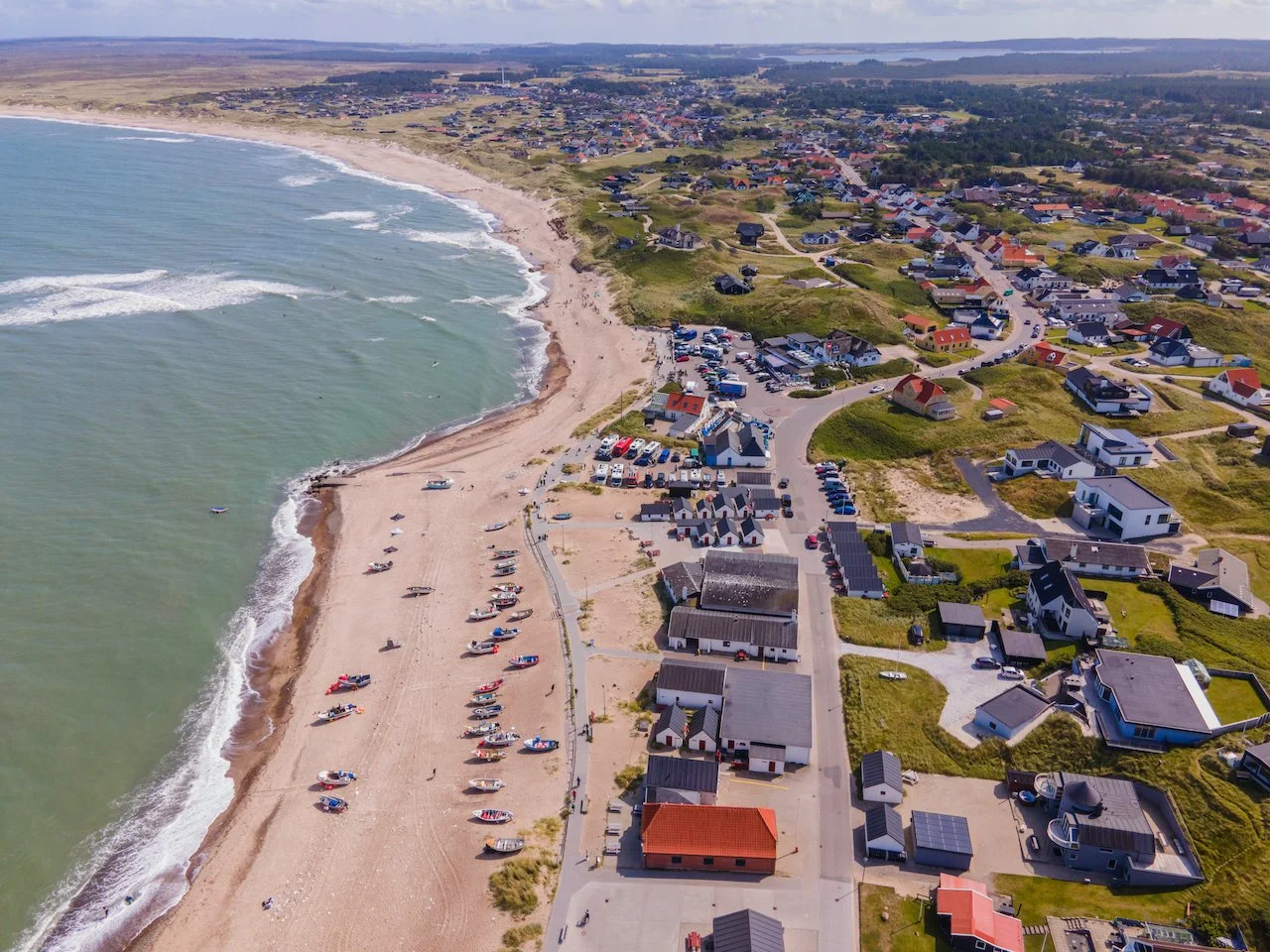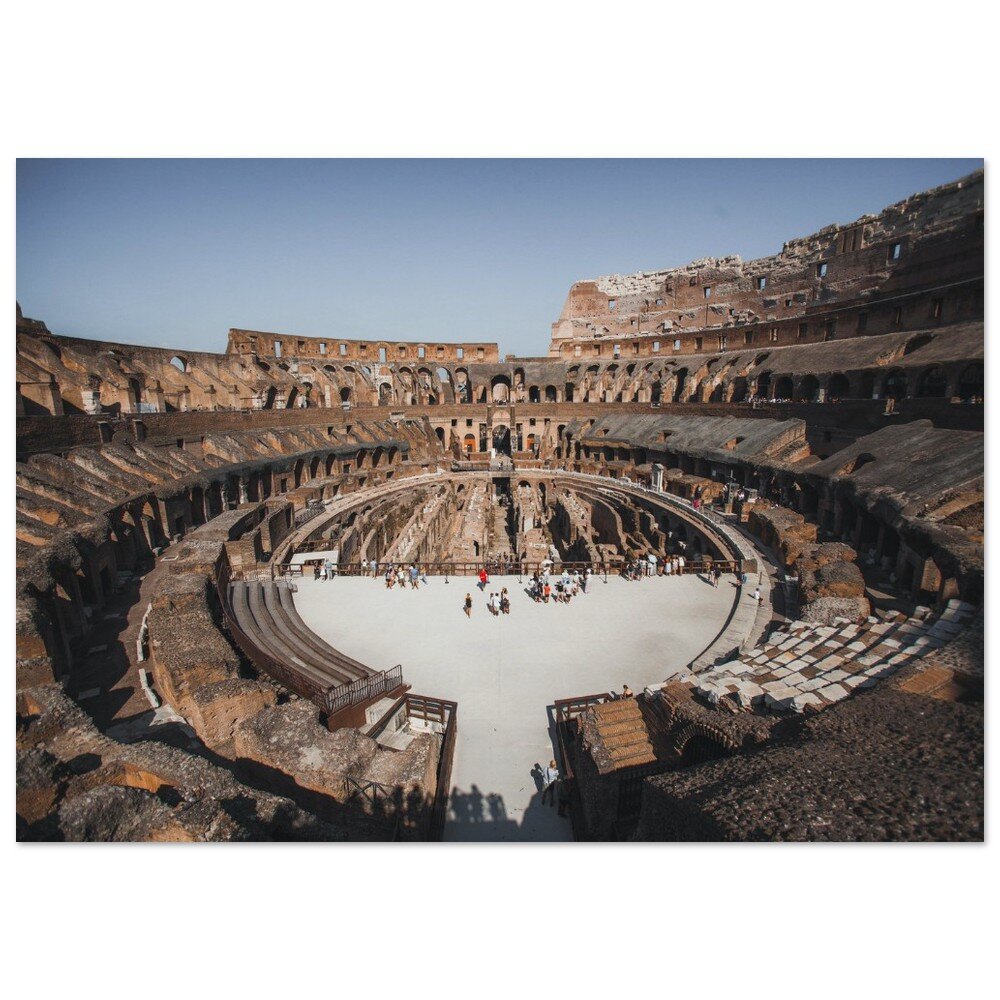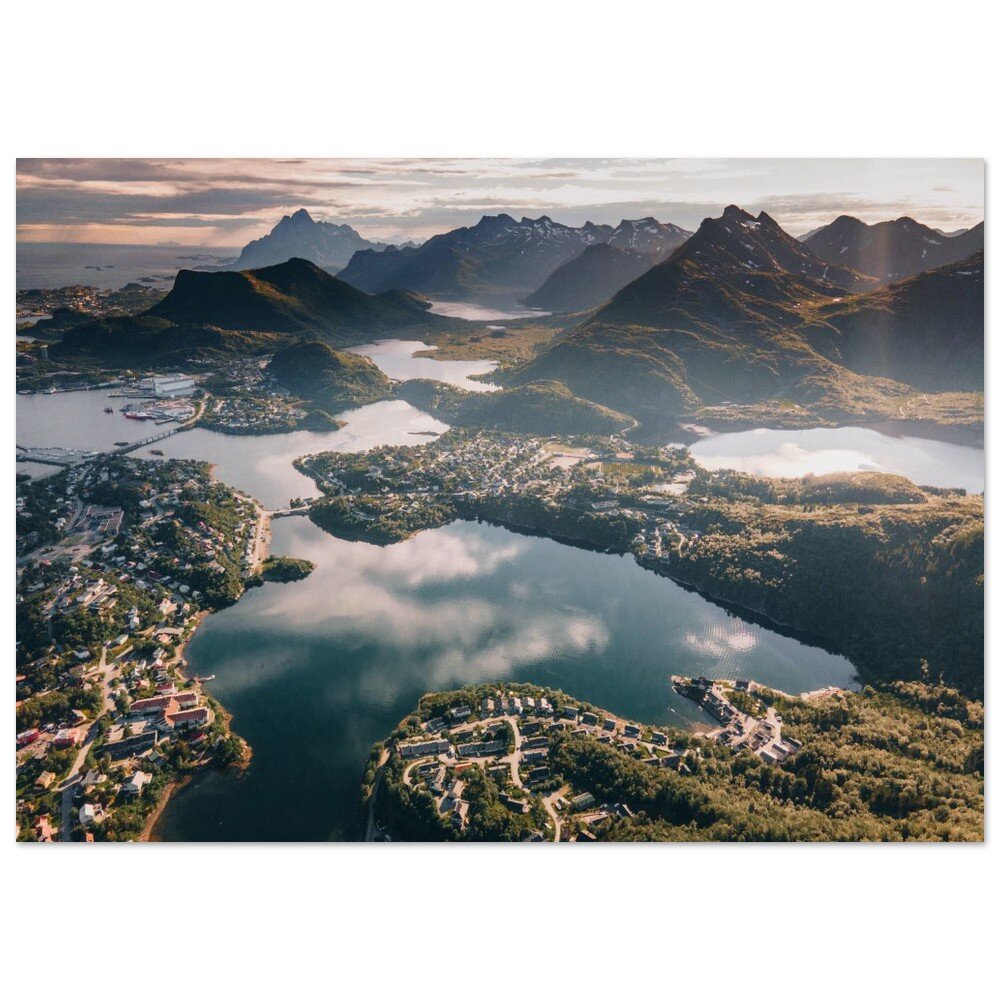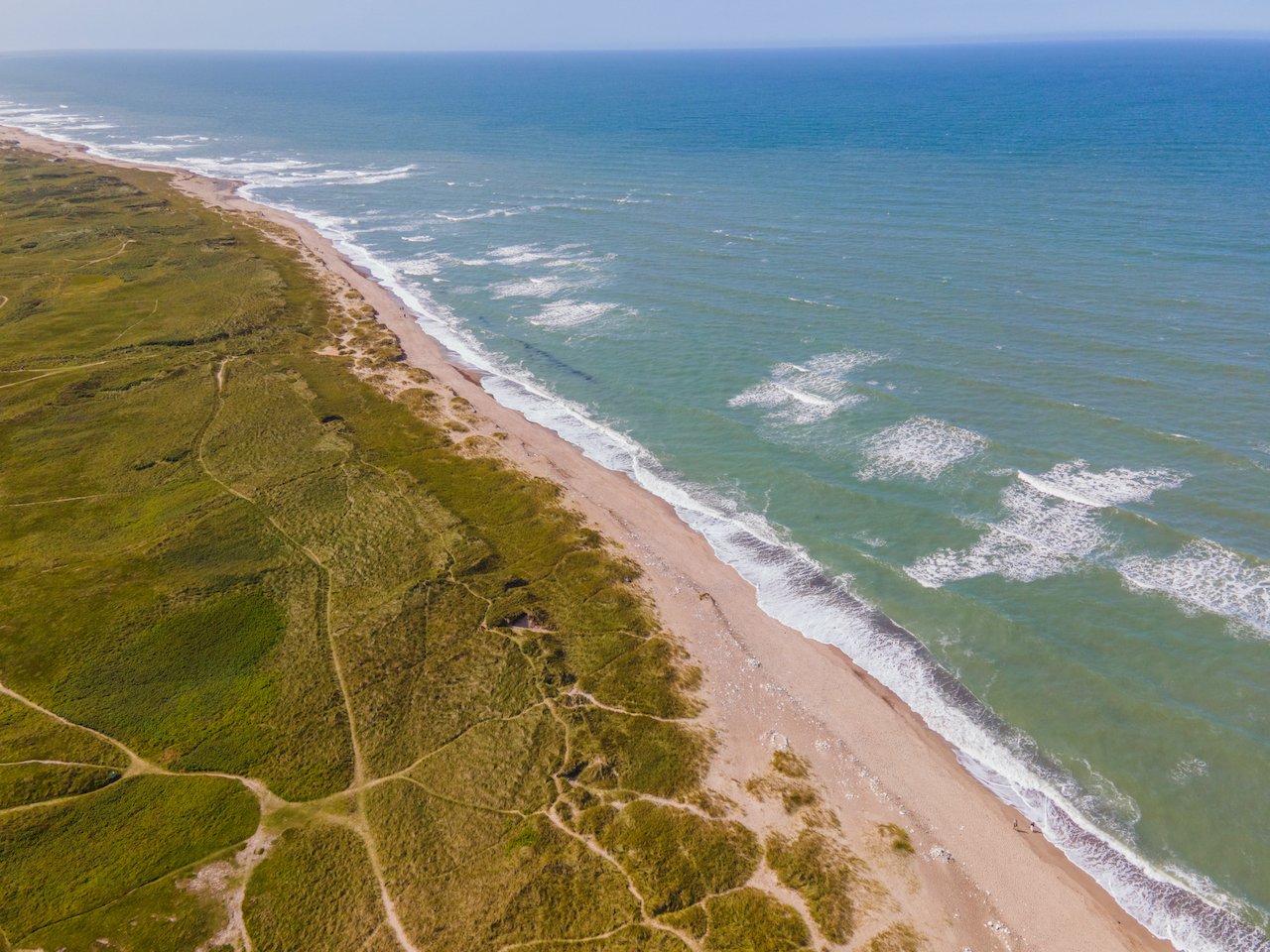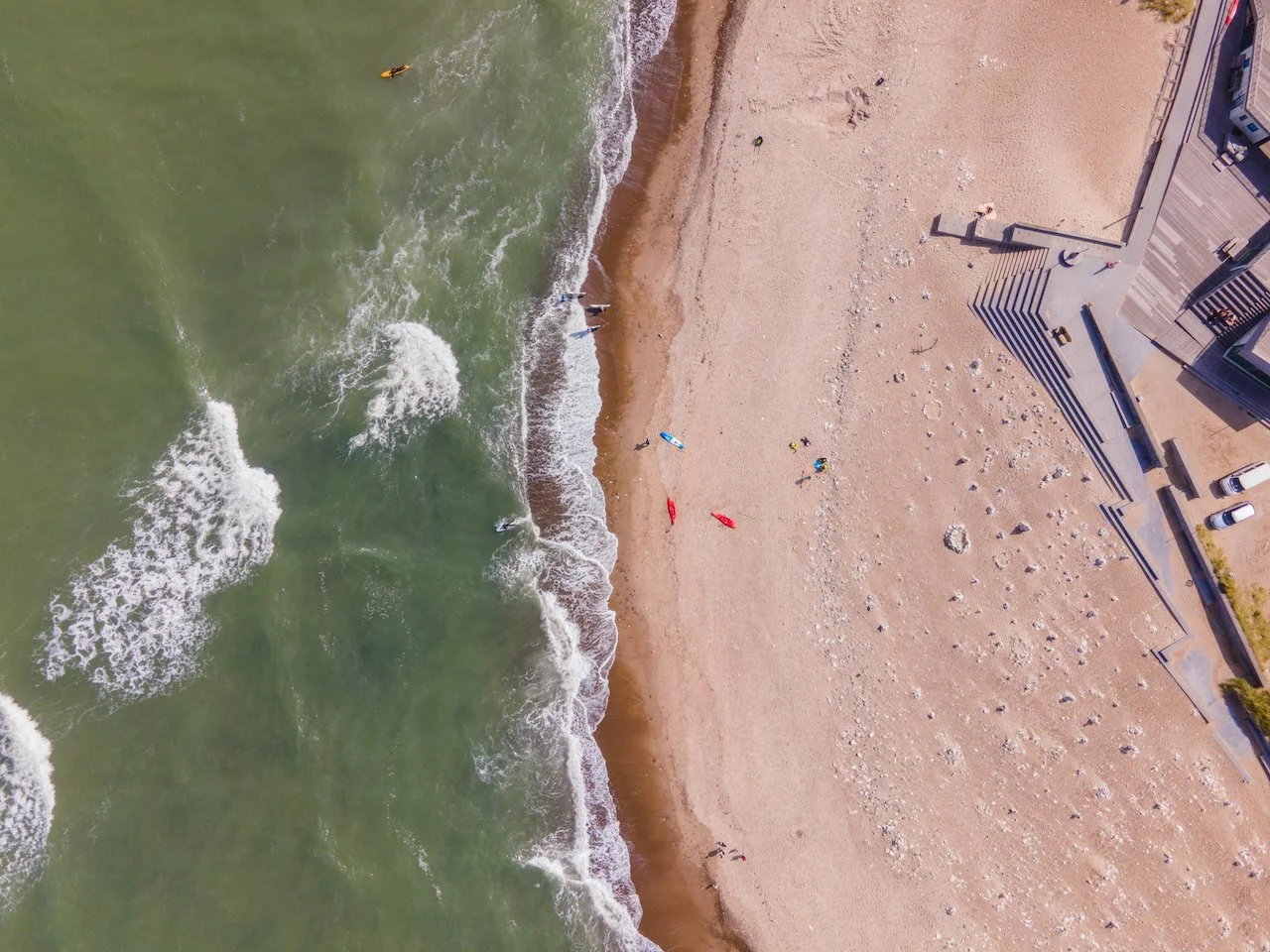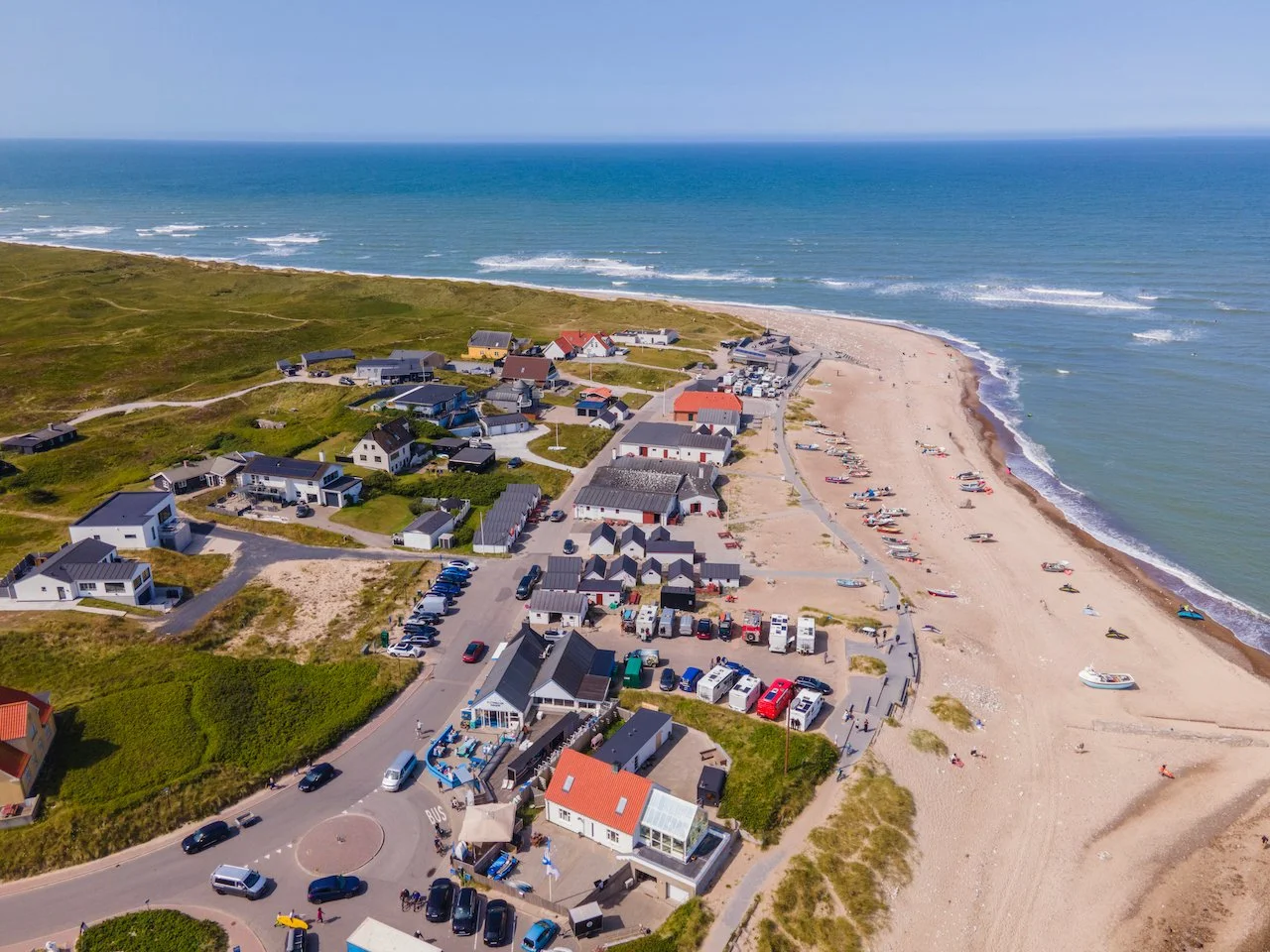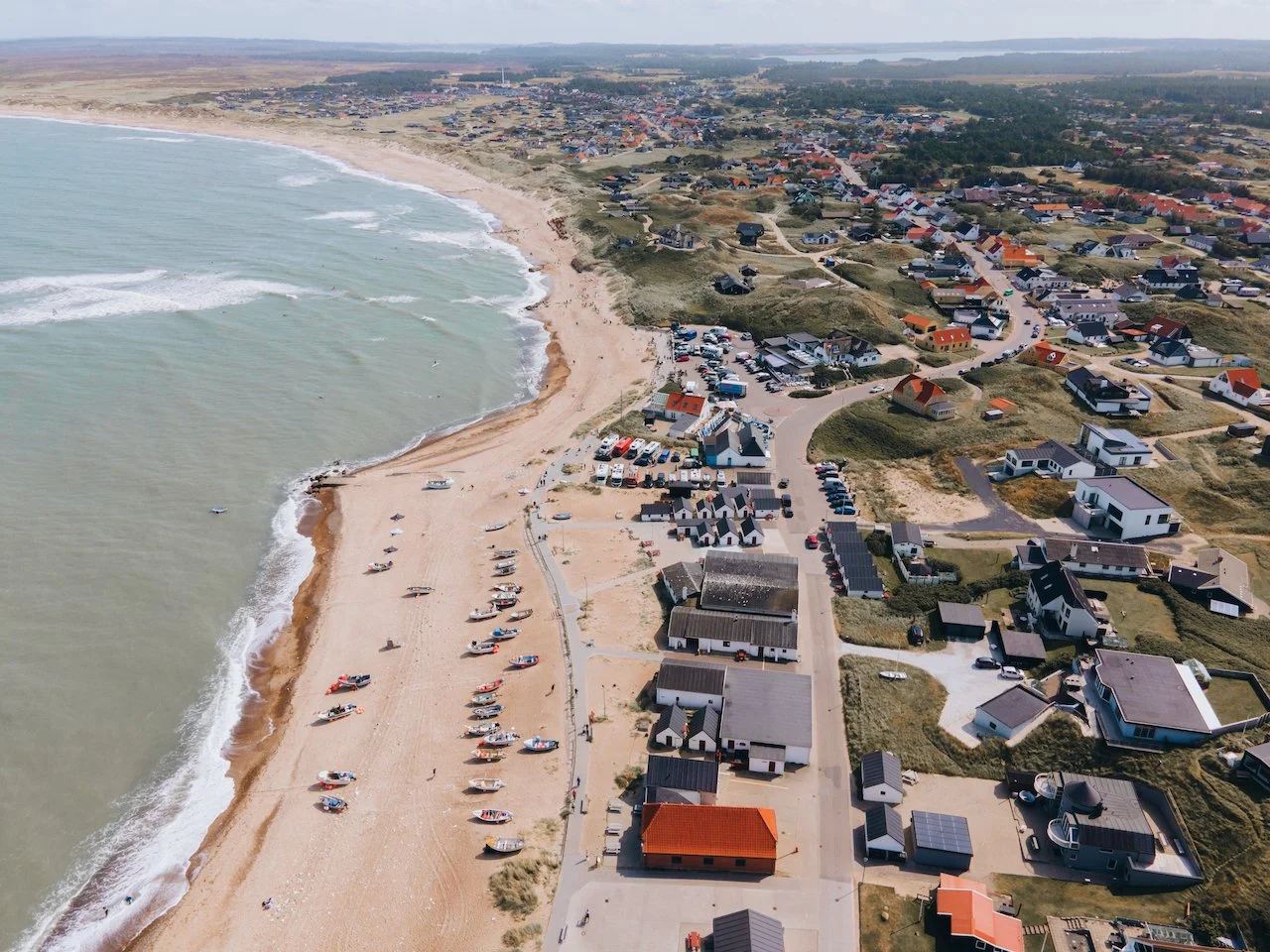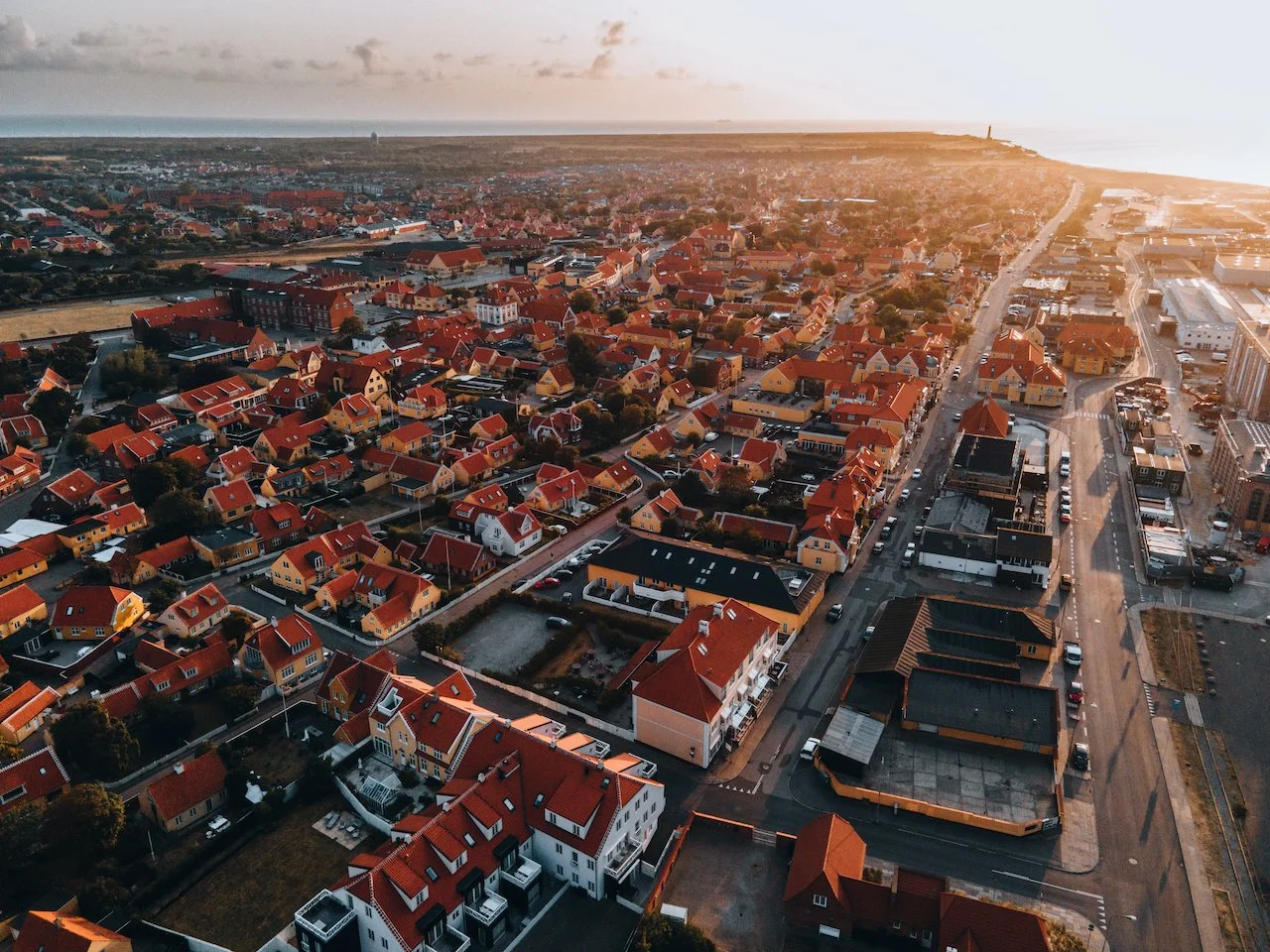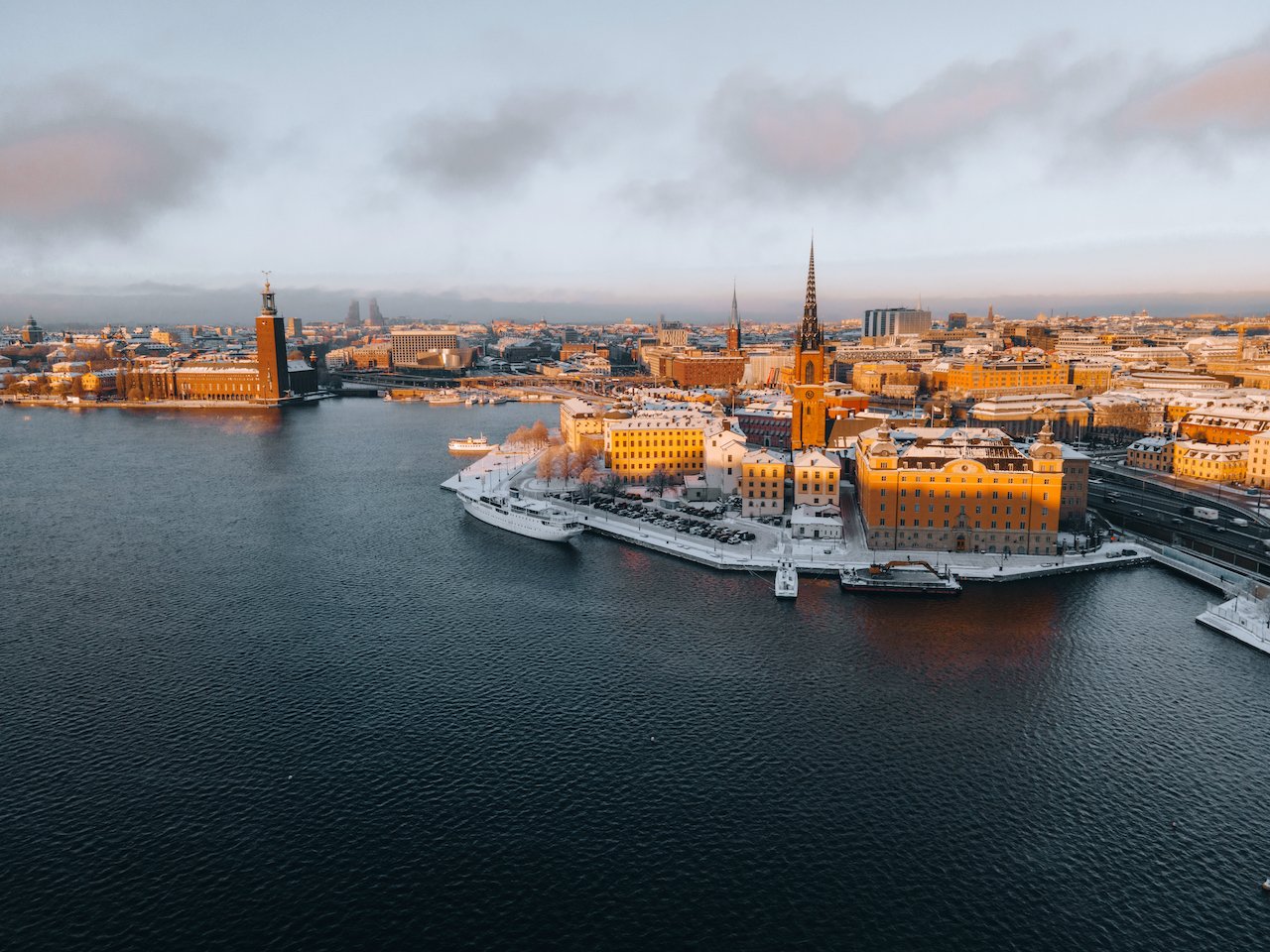What to Do in Denmark’s Surf Capital of Klitmøller
(Some links in this post are affiliate links. If you click through and take action, I'll be compensated.) If you are also interested in any PRINTS from any of my posts, be sure to check out my store where you can buy prints as posters, in metal/wooden frames or on canvas.
Klitmøller, nicknamed “Cold Hawaii,” transformed from a traditional fishing village into Denmark’s surfing capital. Once sustained by trade and fishing, its winds and waves now attract surfers from around the globe. The town has become a hotspot for outdoor enthusiasts, offering everything from kitesurfing to coastal hiking. With its mix of rugged nature and vibrant surf culture, Klitmøller is a unique seaside destination in northern Jutland.
We headed towards Klitmøller after stopping by in nearby Løkken, on the danish coastline. We were looking for a place to have lunch at and to maybe take a swim. We didn’t end up swimming but we had our lunch on the beach here and did some very fun people watching.
The town of Klitmøller is rather small but is a very beloved surf spot in Denmark which was very apparent by plethora of surf related activities that were happening around us. I myself have tried to surf on a few occasions and I must admit that being here made me miss those experiences while I was in South Africa and Portugal.
My priorities are a little different now with a full time job and as a partner and father, so a return to surfing for me will have to wait a little longer. But overall, whether you intend on surfing or not, being at Klitmøller is a special feeling and it is a place not to be missed!
If you like some of my photos that you have come across, just know that I have many prints showcasing a variety of landscapes available for purchase below! (Sold as Posters, Canvas, or in Metal-Frames and Wooden-Frames).
How to get to Klitmøller
Fly - The nearest major airport to Klitmøller is Aalborg Airport (AAL), around 150 km northeast of the town. Aalborg Airport connects to domestic cities and key European destinations, making it convenient for international travelers heading to Denmark’s surfing capital.
From Aalborg Airport to Klitmøller:
Car Rental - Car rental services are available at Aalborg Airport. Driving to Klitmøller takes about 2 hours via E45 and Route 26, offering scenic views of North Jutland’s coast and countryside along the way. Renting a car is ideal for surfers or those who want to explore nearby villages and beaches.
Bus - Take Bus 960X from Aalborg to Thisted, then transfer to Bus 313 to Klitmøller.
Duration: Approximately 3 hours 30 minutes from Aalborg Airport
Cost: Around 150–180 DKK one way
Frequency: 2–3 times daily, depending on season
Tickets: Purchase onboard or via the Rejseplanen app
Train - There is no direct train to Klitmøller. Travelers can take a train from Aalborg to Thisted, then continue by Bus 313.
Duration: ~3.5–4 hours total
Cost: ~180–200 DKK
Tickets: Purchase via DSB or Rejseplanen
Taxi - Taxis are available outside Aalborg Airport.
Duration: Approximately 2 hours
Cost: Around 1,500–1,800 DKK
Payment: Cash or card accepted

